Kohat Cement Is Cutting Power Costs, and It’s Paying Off!
Cement manufacturing uses a lot of electricity, and for companies like Kohat Cement (KOHC), rising electricity prices have become a big challenge. But instead of just absorbing the cost, KOHC is taking bold steps to bring those bills down, and it’s already making a difference in profitability.
Let’s break it down.
📢 Announcement: We're on WhatsApp – Join Us There!
Reducing dependence on expensive grid electricity
Until recently, KOHC relied heavily on the national grid for power. But with grid electricity now costing PKR 38–40 per unit (kWh), that strategy has become too expensive.
To fix this, the company is:
- Building a new 30MW coal-fired power plant
- Total investment: PKR 9 billion
- Expected to start operations in 4QCY26
- Will reduce power cost to just PKR 18–20 per unit
Once online, this will bring estimated savings of PKR 5.3/share annually, a big boost for shareholders.
This new plant will take KOHC’s total coal-based captive power capacity to 35MW, cutting their dependence on the national grid and shielding them from future tariff hikes.
Going green too: more solar power
KOHC isn’t only relying on coal. It’s also increasing its use of renewable energy.
- Current solar capacity: 15MW
- Target solar capacity: 20MW
With this shift, KOHC’s current power mix looks like:
- 67% captive (in-house generation)
- 33% grid (national supply)
This is not only cost-effective but also environmentally responsible.
Smarter coal use = bigger profits
In the first 9 months of FY25, KOHC’s gross profit margins jumped from 28% to 42%, a major improvement.
How did they do it?
- Lower coal prices helped overall
- KOHC switched more of its coal supply from imported to local
- Previous mix: 70% imported / 30% local
- New mix: 40% imported / 60% local
This strategic move saved money on both coal costs and shipping.
KPK advantage: lower raw material duties
KOHC operates out of Khyber Pakhtunkhwa (KPK), where cement producers get a raw material duty break.
- KOHC paid only PKR 250/ton, much lower than producers in Punjab
- The KPK government has raised this to PKR 350/ton, with a small annual increase over the next 5 years
- Even after the increase, it’s still much cheaper than Punjab, where companies pay 6% of the ex-factory price
This cost advantage is another reason KOHC’s margins are doing well.
In summary
Kohat Cement is making smart, forward-looking changes to stay competitive:
- Cutting electricity costs with a new coal plant
- Expanding solar power
- Using more local coal to save on imports
- Leveraging KPK’s lower raw material duty
All of this means lower costs, stronger margins, and potentially better returns for investors in the long run.
As energy costs rise and pressure builds on the manufacturing sector, companies like KOHC that act early will be better positioned for a profitable future.
Source: Insight Securities
⚠️ This post reflects the author’s personal opinion and is for informational purposes only. It does not constitute financial advice. Investing involves risk and should be done independently. Read full disclaimer →



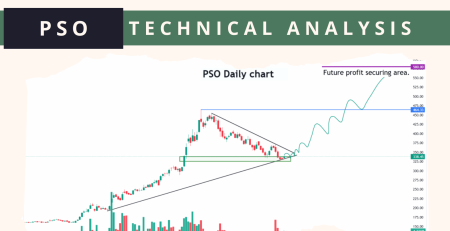
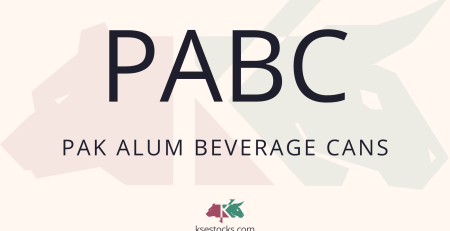
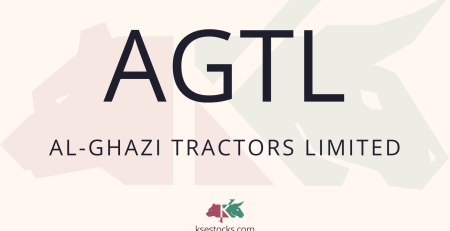

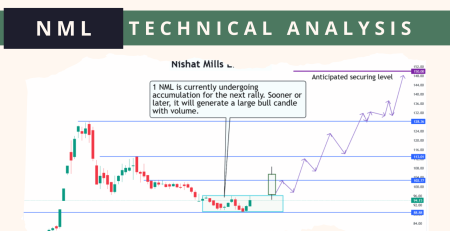
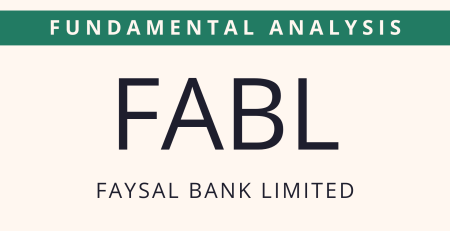

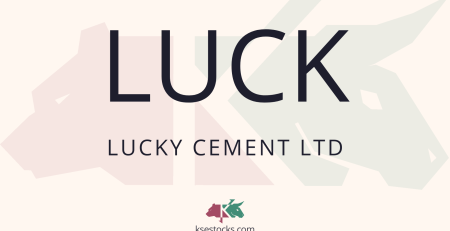
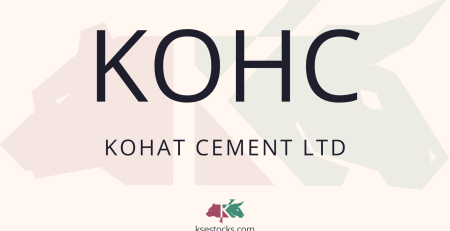

Leave a Reply